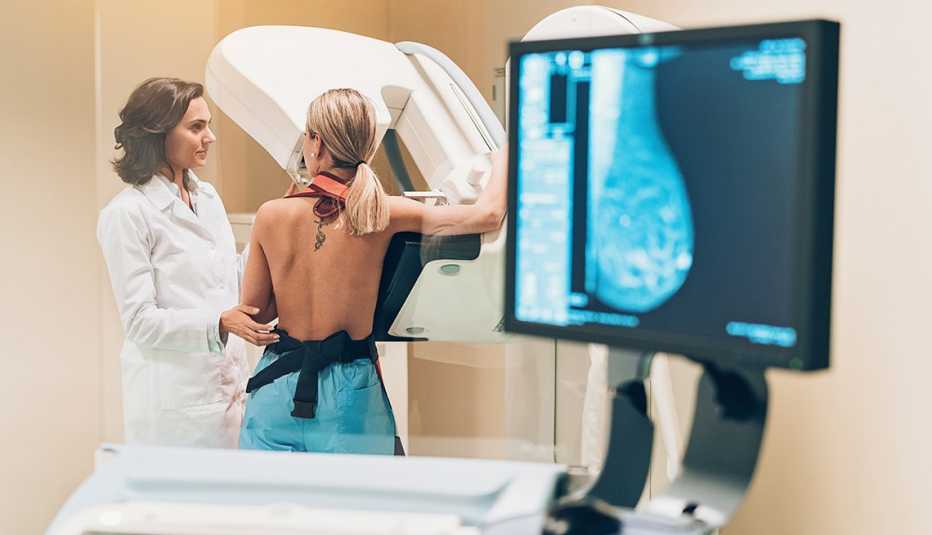Staying Fit


The risk of dying from cancer continues to fall in the U.S., a new report from the American Cancer Society finds. But this win, which health experts say is a testament to declines in smoking and newer, more effective treatments, is being threatened by a rise in new cancer cases.
Incidence is increasing for six of the top 10 cancers, and for the first time ever, the projected number of new diagnoses will top 2 million this year, according to research published Jan. 17 in CA: A Cancer Journal for Clinicians. More often, these new cancers are occurring in young and middle-aged adults.


AARP Membership— $12 for your first year when you sign up for Automatic Renewal
Get instant access to members-only products and hundreds of discounts, a free second membership, and a subscription to AARP the Magazine.
Obesity may play role
Some of these new cancer diagnoses may be due to incidental screening, for example when a cancer is picked up on an imaging test that was ordered for another reason. Health experts also suspect environmental and lifestyle factors could be playing a role.
While it doesn’t explain all cases, “some of this may be a window into what's happening with the obesity epidemic,” says William Dahut, M.D., chief scientific officer at the American Cancer Society.
In the U.S., roughly 2 out of 3 adults are overweight or have obesity. And though it’s not typically thought of as a risk factor, excess weight is linked to 13 cancers that make up 40 percent of all cancers diagnosed in the U.S. each year, according to the Centers for Disease Control and Prevention (CDC).
“We live in an obesogenic environment [an environment that promotes gaining weight] with ultra-processed foods and declining levels of physical activity,” says Neil Iyengar, M.D., a breast oncologist at Memorial Sloan Kettering Cancer Center in New York. In 2020, less than 25 percent of U.S. adults met the physical activity guidelines. Meanwhile, research shows that roughly 60 percent of our calories come from ultra-processed foods — your packaged snacks, frozen dinners and sugary beverages.
“And this directly impacts the risk of metabolically driven cancers, which are the cancers that are rising in incidence,” Iyengar says.
Cancers influenced by obesity, such as pancreatic cancer, kidney cancer, postmenopausal breast cancer and liver cancer, are increasing, Dahut said at a news briefing. So is colorectal cancer — especially among young and middle-aged adults. Colorectal cancer is now the leading cause of cancer death in men under 50 and the second in women of the same age group.



































































More on Health
Scientists Make Progress on Cancer Vaccines
Researchers work on vaccines to prevent and treat cancerFoods You Can Eat Without Gaining Weight
These healthy options are light on calories and fat, plus they fill you up
Why Age and Alcohol Don’t Mix
Research shows we process liquor differently over time. What does that mean for your health?
Recommended for You